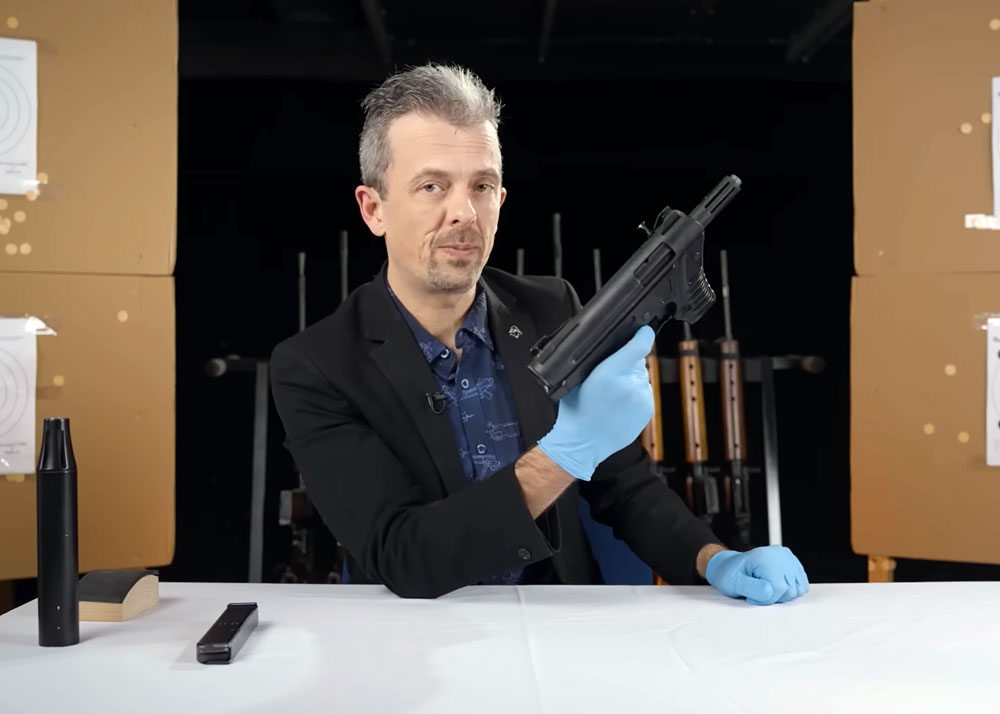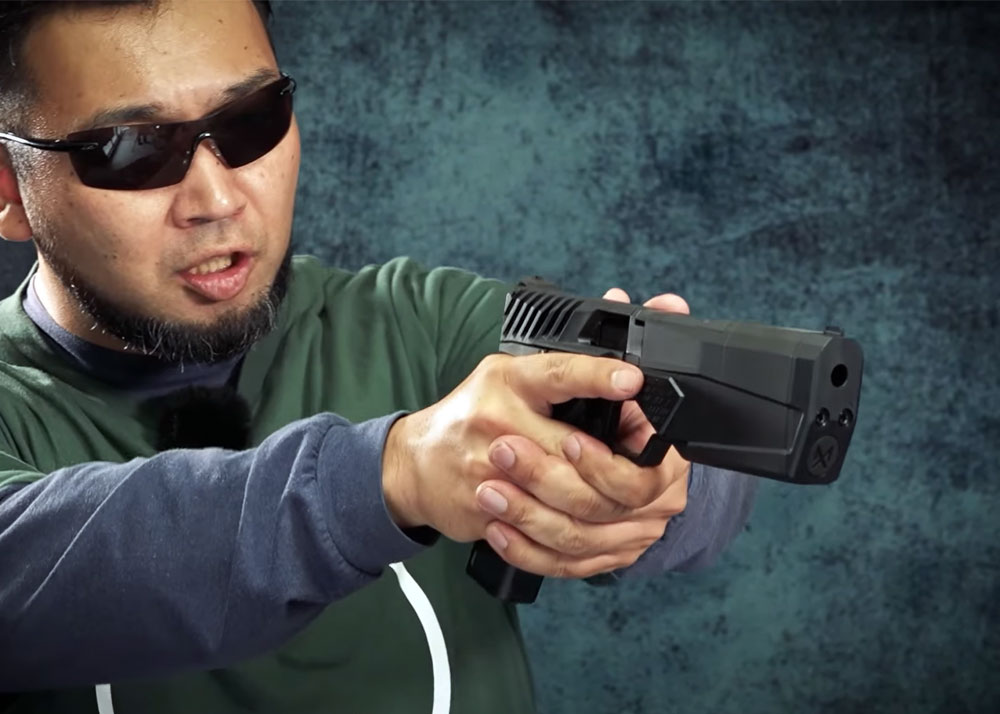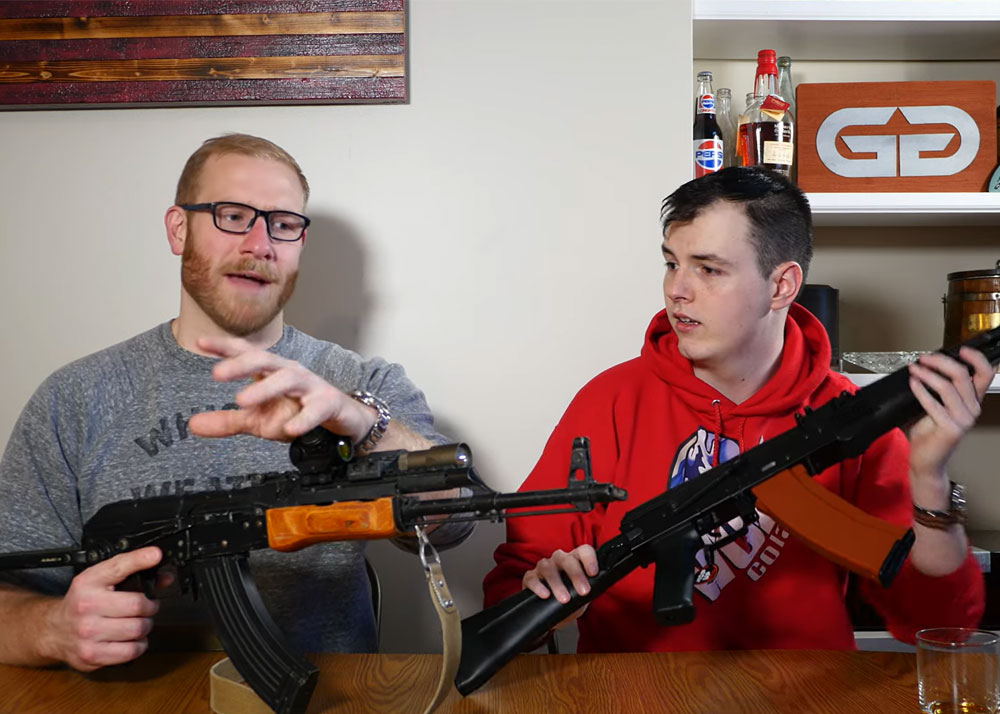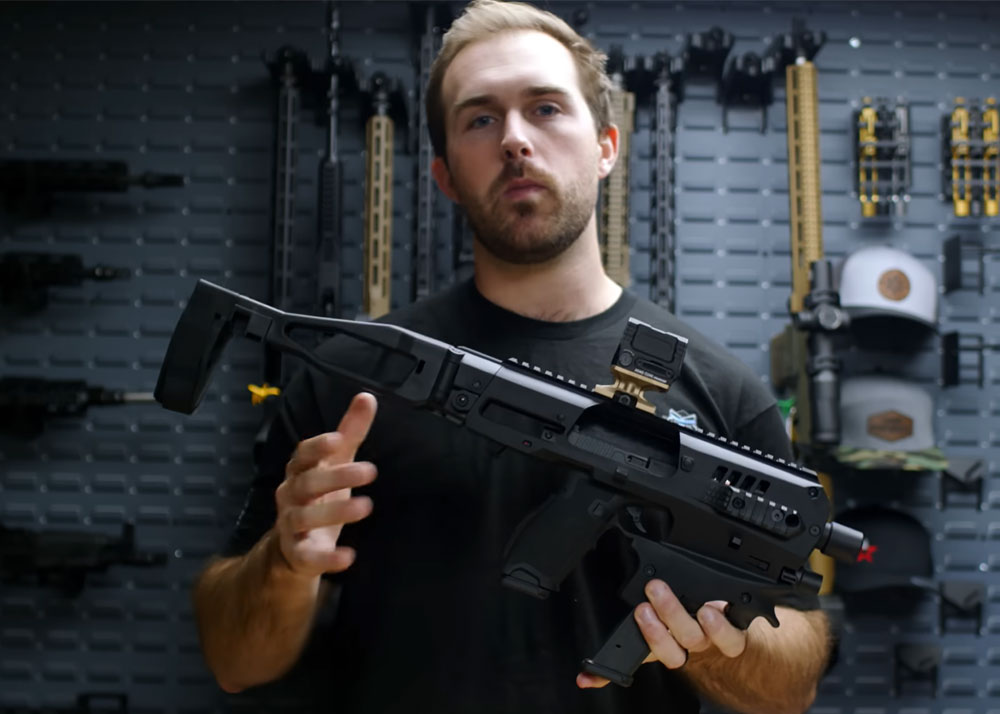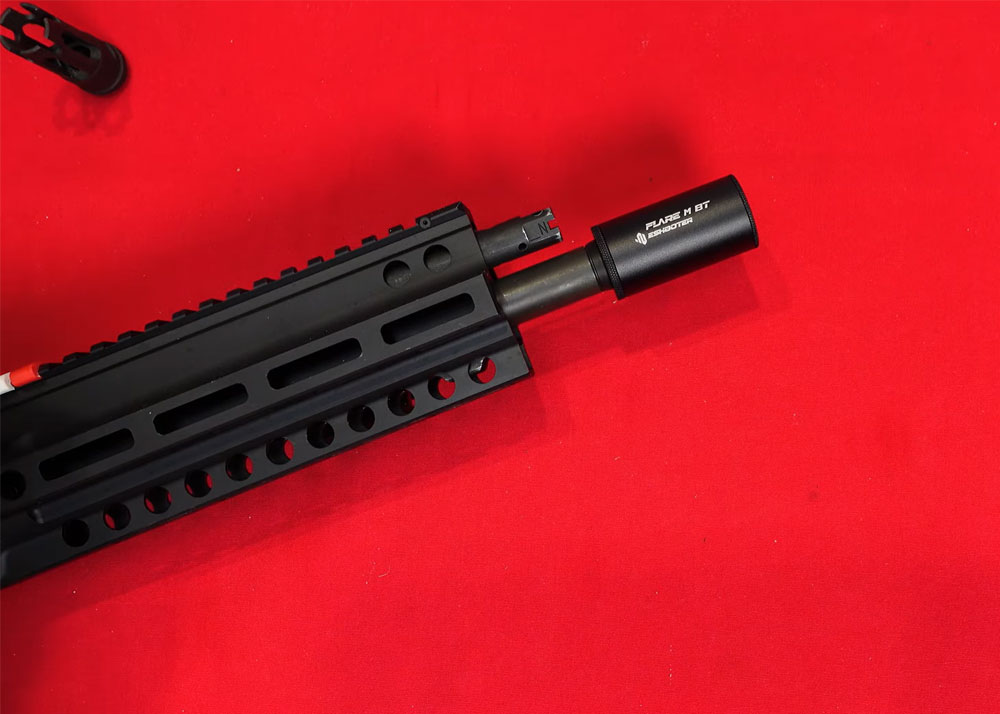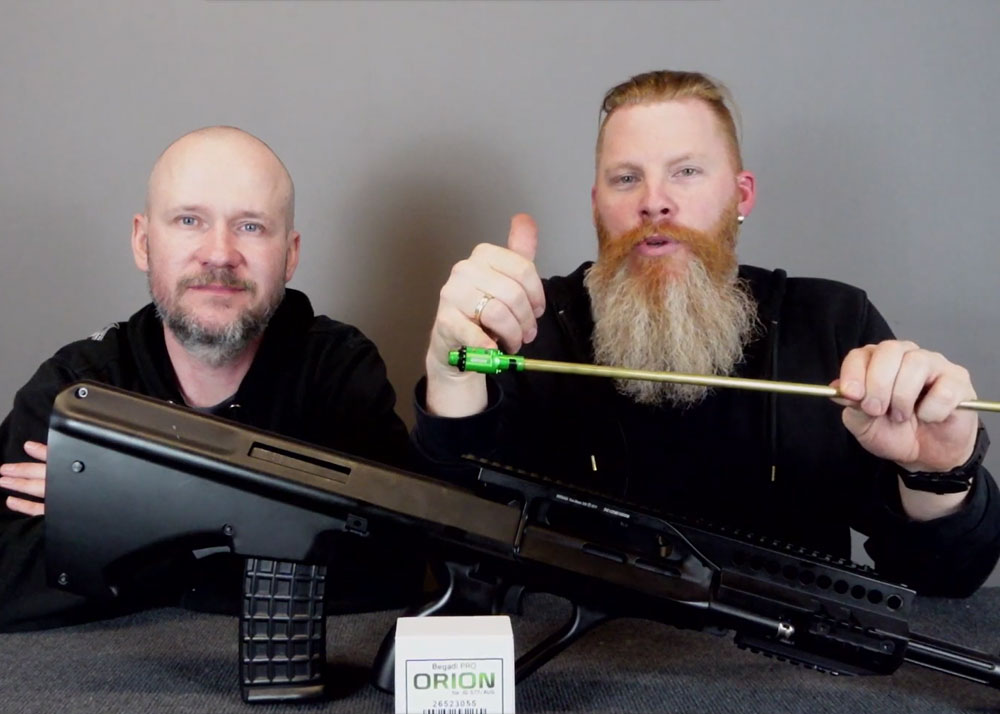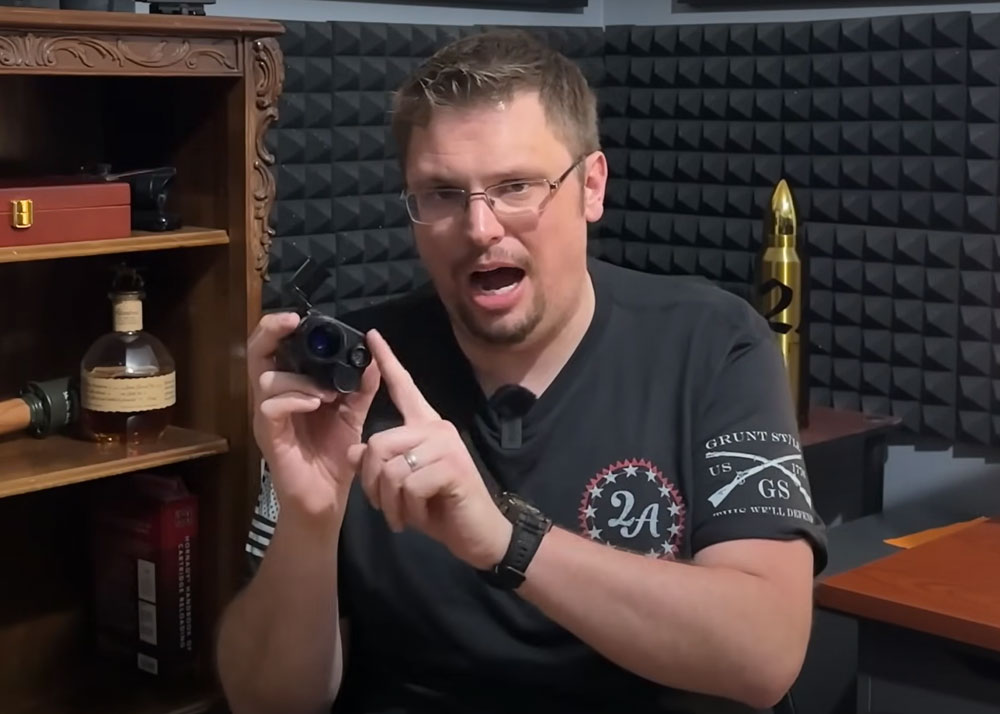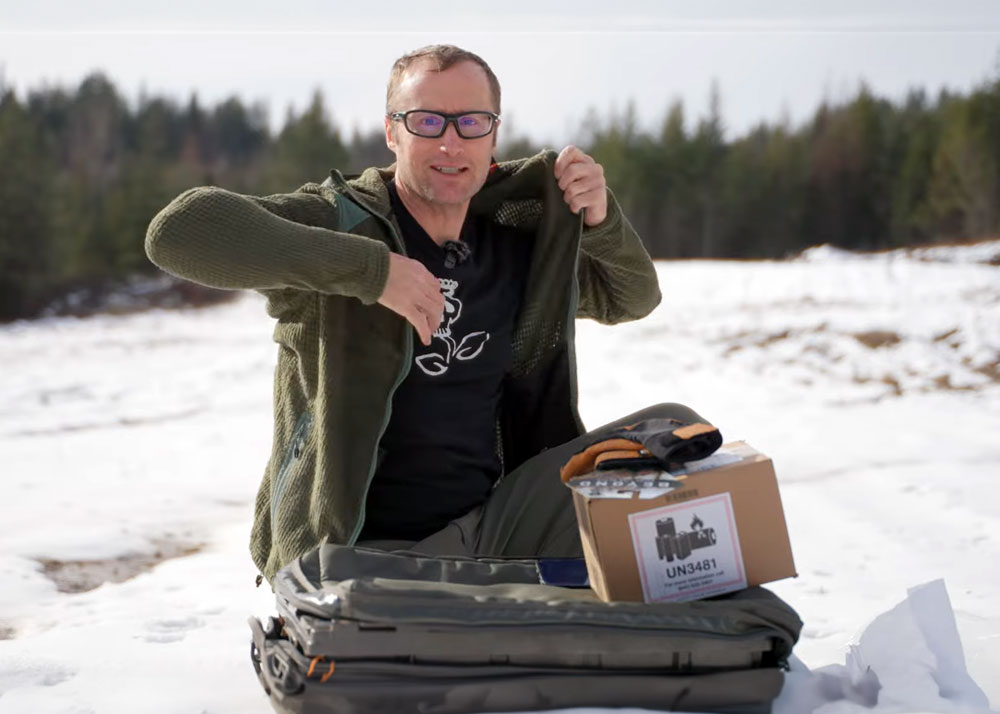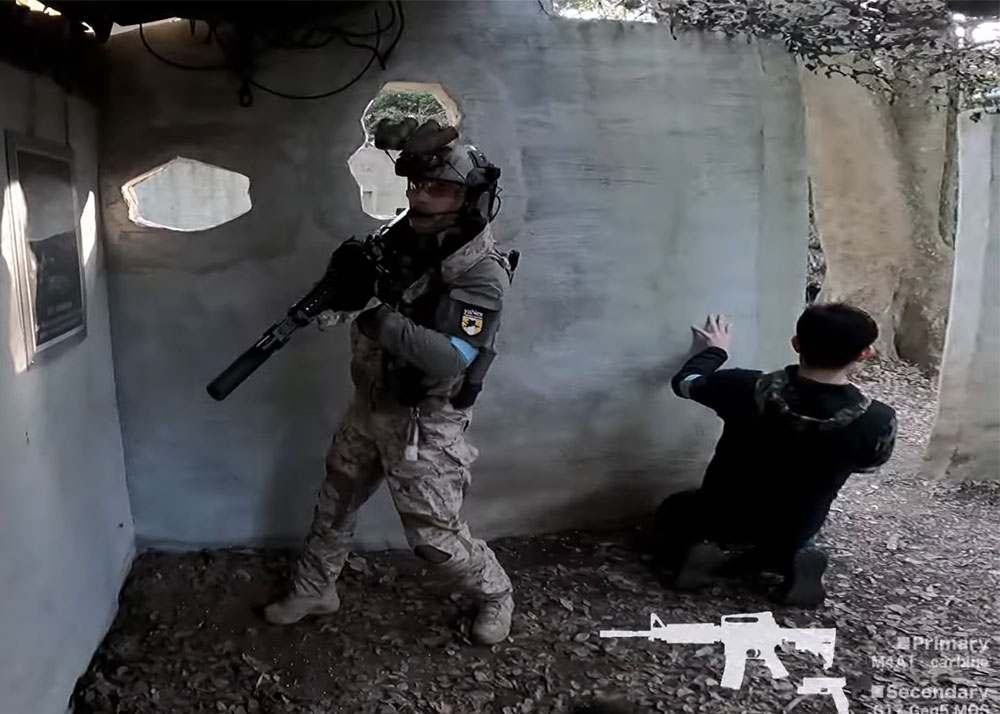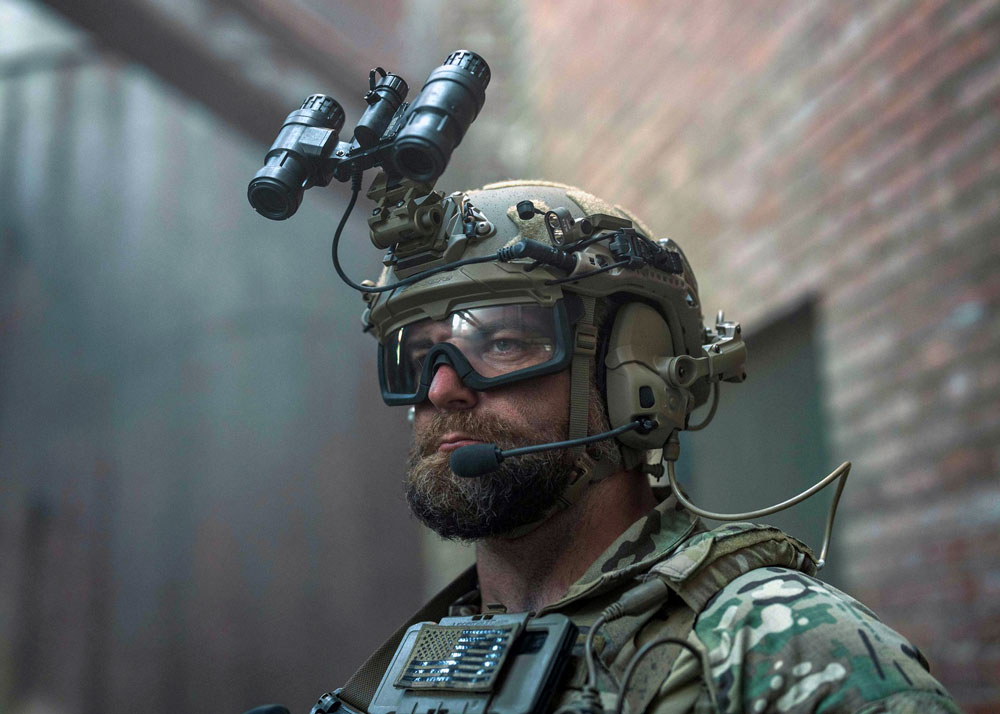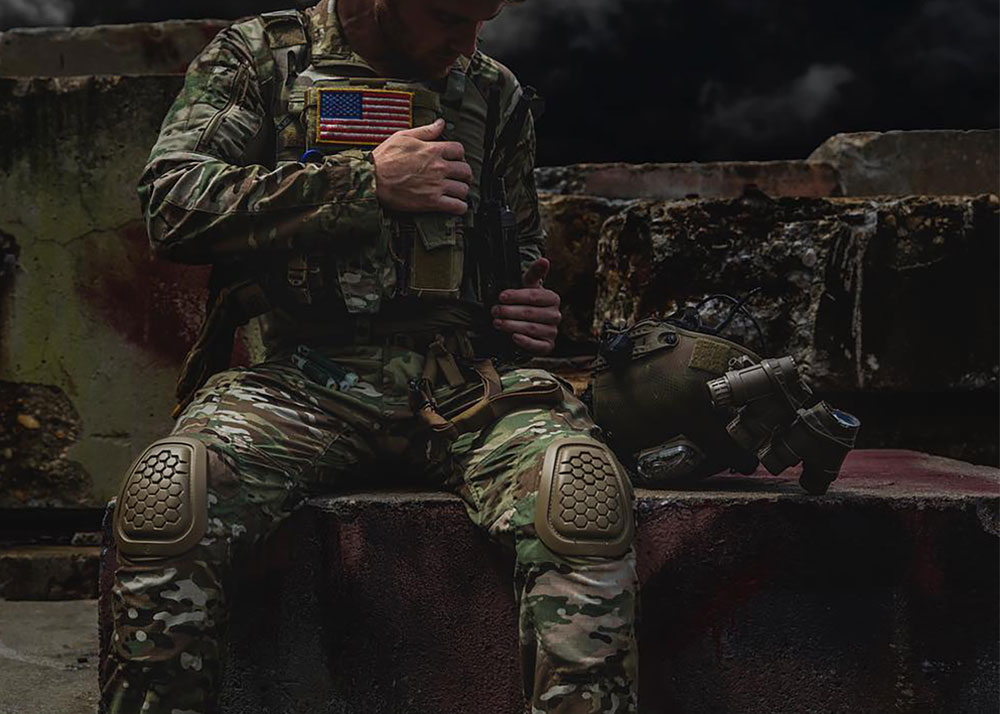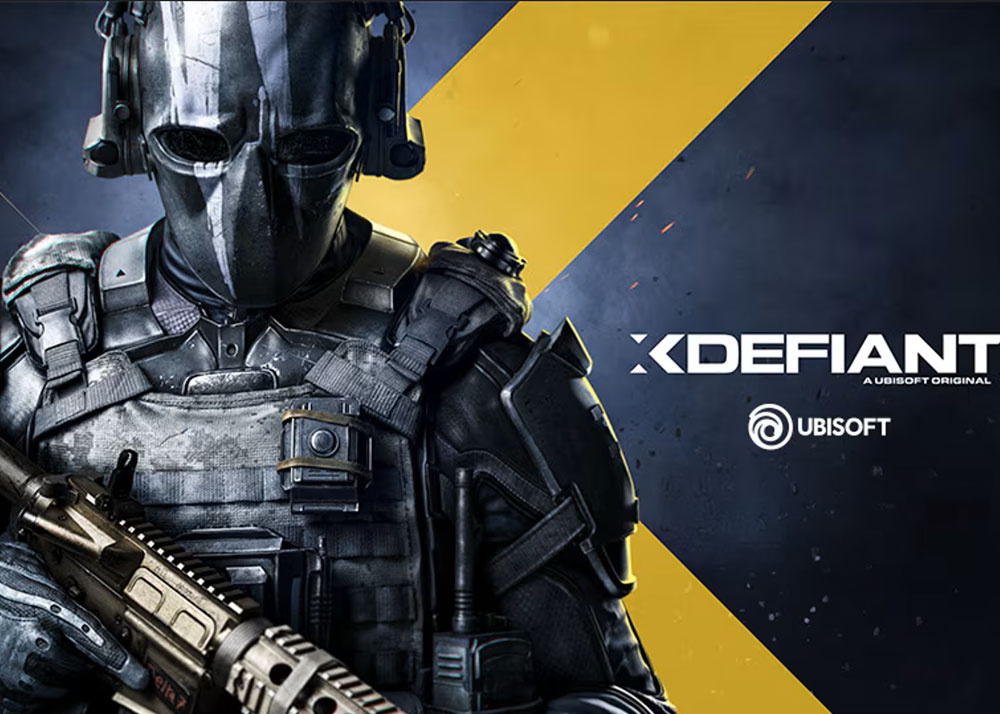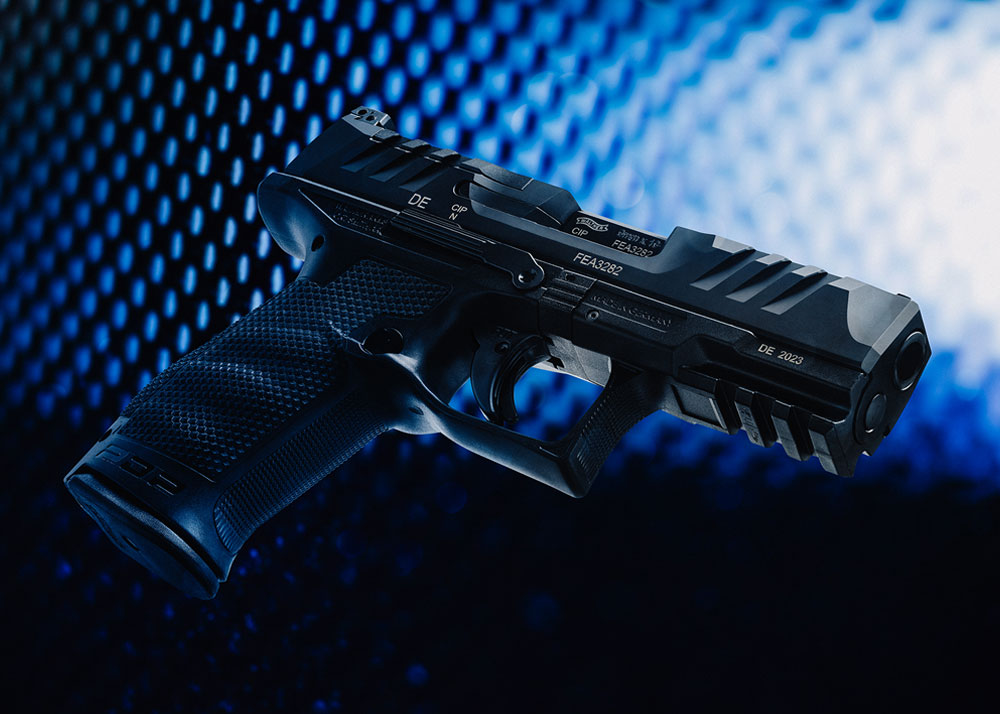One Grunt's Opinion: So You Want To Start A Team
Darkhorse
25 Jul 2013
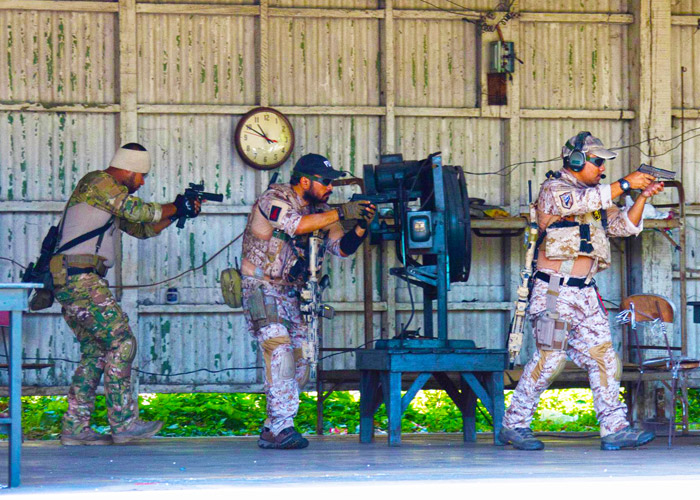
Before you can even begin to look at how to build a team, you need to ask yourself what kind of team you want. The definition of a team is as vast and open to interpretation as is the word "Milsim" itself. You've got your buddy teams, your casual big op teams and your hardcore big op teams. Within those three quick examples you have a hundred different shades and other types of teams. So, today we will look at building a national op team on the one grunt template.
Now, within my template you can choose how hardcore you want to take your team. I will say that it will take more dedication then just a group of buddies that decided they would come up with a team name. These teams may have fun but that shouldn't be it. They should have fun at the ops but also be proud of their achievements. Winning isn't everything in the sport but you can't deny it feels that much better when you do win. Let's get started with a foundation for the right kind of players.
Resist the urge of just getting your buddies together and saying, let's be a team guys. You have to assess the commitment and dedication of all the members of your team. My magic number is a minimum of 8 good guys ready to be on a national op team. You need to outline your teams goals, direction and expectations. Because if everyone isn't on board with these basic concepts of the team then you will quickly start to lose guys or have conflict. With everyone on board and a solid direction that you all agree on, it will make it easier when you recruit since guys will know what they are getting into.
Now that you have your solid core of guys ready to grow the team and are in agreement with your direction. It is time to build your SOPs (Standard Operating Procedures). You will need a gear/uniform SOP and a training/doctrine SOP. Uniformity is not just about looking good and matching. There are very real tactical purposes and psychological reasons for this. For your team having uniform gear helps break down the concept of an individual and solidifies the team concept. You are no longer alone out there and your team mates are counting on you to perform on the same level. The very tactical consideration for uniform/gear uniformity is an understanding that you know that everyone in the team has the minimums needed for the event. What you carry exactly will vary from team to team but everyone should carry the same minimums in the same place on their gear for easy access by any team member. On the flip side, your organization and uniformity are your team's own psychological weapon. It can be an intimidating factor for the opposing team that is not as prepared.
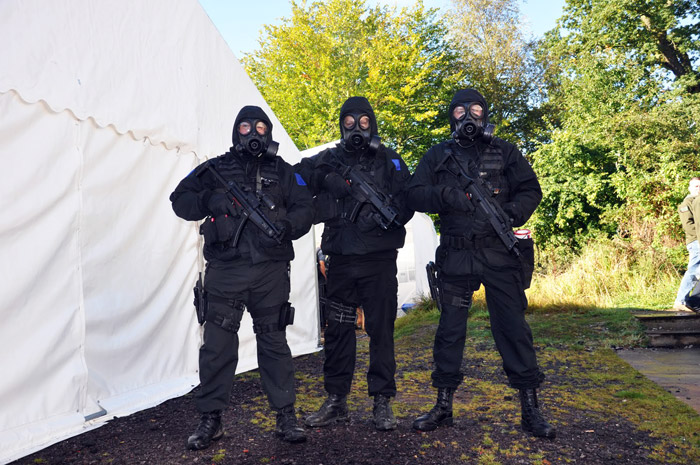
One big consideration in your gear SOP, is what weapons platform your team is going to use. You need to keep it as close as possible, like keeping everyone or almost everyone on an M4 so you can share mags in a tough spot. Obviously, support gunners with SAWs will be an exception. Too often, teams are so mix matched in weapons that no one can share a mag in a fire fight. Some other minimums are to set a number of mags you expect to be carried; if and where everyone carries a first aid kit; how much water should be carried; a utility pouch of some kind with potentially mission specific items; and then there are comms. These are just some of the minimum gear considerations that you can build on for your team that should be carried close to if not in the same way by all members of your team. Remember, the exact details on what is needed must be tailored to your team but the fact that you should have minimum standards and uniform setup is a must for all teams.
You now have your team on the same page and they are equipped uniformly. You are going to need a team training/doctrine SOP. There are a hundred ways to clear a building; all kinds of schools of thought on weapons manipulation; and tons of text on how to wage warfare. It is time to decide how your team is going to do it and train on it for national ops. Individuals will always do things a little different but there has to be a foundation of training and how you are going to fight that everyone knows. Since Airsoft and real combat are very different, I can't say just read the Ranger handbook cover to cover and make that your SOP. There is a vast amount of knowledge in that book that you can incorporate into your team specific training/doctrine SOP. Some of the nuts and bolts to consider are hand signals, breaching procedures, and special signaling techniques.
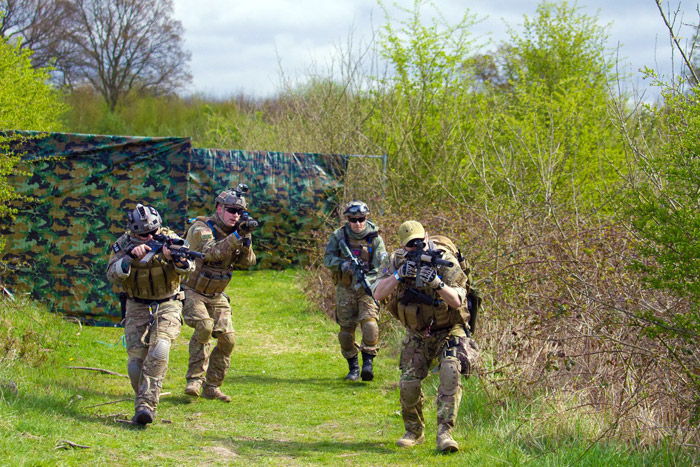
When it comes to training your team, many folks have practice and training confused. Practice is when you hit the local field and play against other teams. Training is working on skills in a classroom environment. Training can happen at home with a dry erase board or at the field working through drills. Teams underestimate the usefulness of just sitting down and talking through their techniques on the dry erase board. This visual representation and walk through gives you a stronger grasp for when you hit the field putting it in action. Drills and rehearsals are important also because they build the muscle memory that will take over in the heat of the op.
You now have a solid team of guys, your gear is uniformed, your tactics are on the same page, and everyone's training to the same standard. It's time to look at the details people forget and the details people rush to think about. Teams need funding of some kind to help pay for expenses. Unless you have a rich benefactor who funds you, then you will need to collect team dues. Team dues are critical to affording special team equipment like a large supply of smoke, helping pay for travel to expensive events, and buying extra gear for new members transitioning into the teams SOP requirements. You cannot have few on the team paying extra to help fund the team. Everyone needs to put in their part to support the team, spreading out the cost.
Notice that I have yet to mention anything about a team name or patch. Before you can come up with those, you need something to name. Too often, it is where guys start when forming their teams. You need that foundation, the core that is what your team really is before you go naming it. Look at it this way, what's more valuable? A group of guys with a cool name and patch that cannot perform in game or a group of organized and prepared players that kick ass, but, have no team name. If you want that ideal team of your dreams that can truly succeed in game play, then you need to rethink how you build a team. It has to be a ground up project that takes time and effort.
Training, organization, and goals need to come first. The team name, Facebook and YouTube pages can come later.
Just one grunt's opinion.
Javier "Darkhorse"
--------------------------------------
About The Author
Javier "Darkhorse" Franco, formerly from This Week In Airsoft, runs his own Airsoft Blog on Facebook called "One Grunt's Opinion." This article has been posted here with the author's permission.

